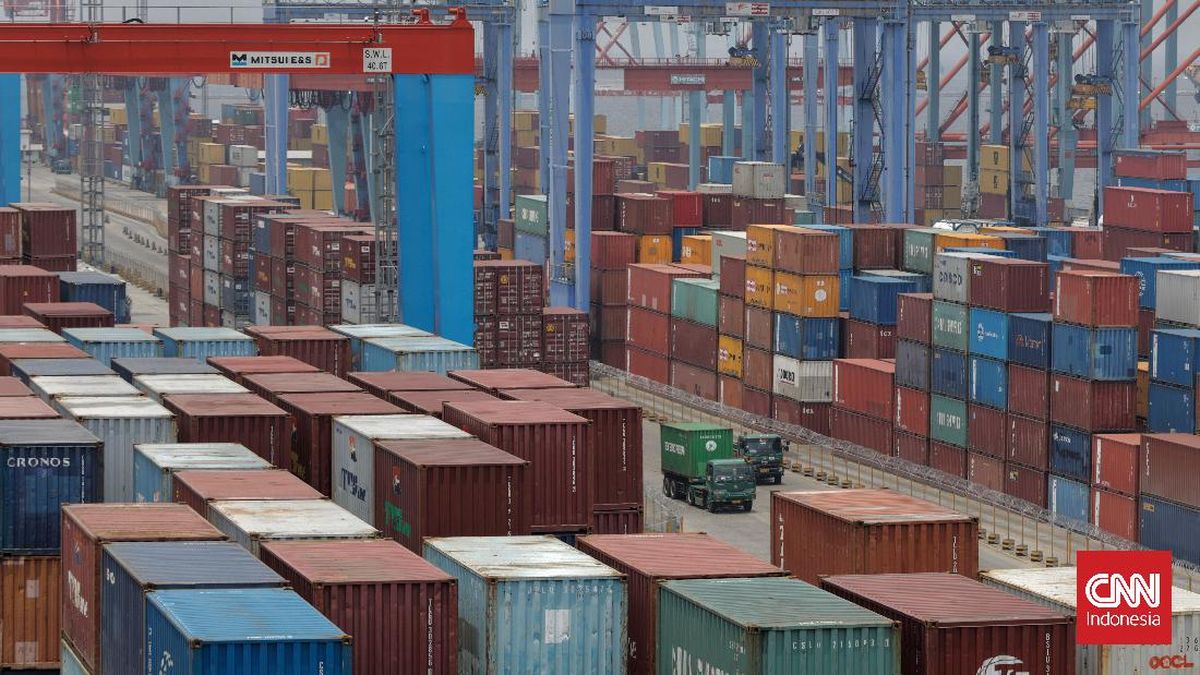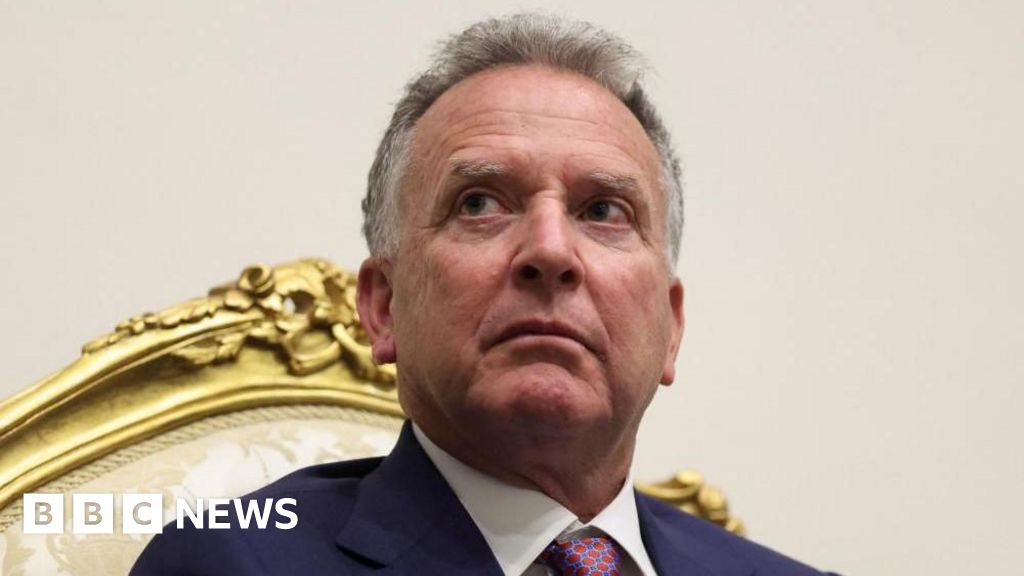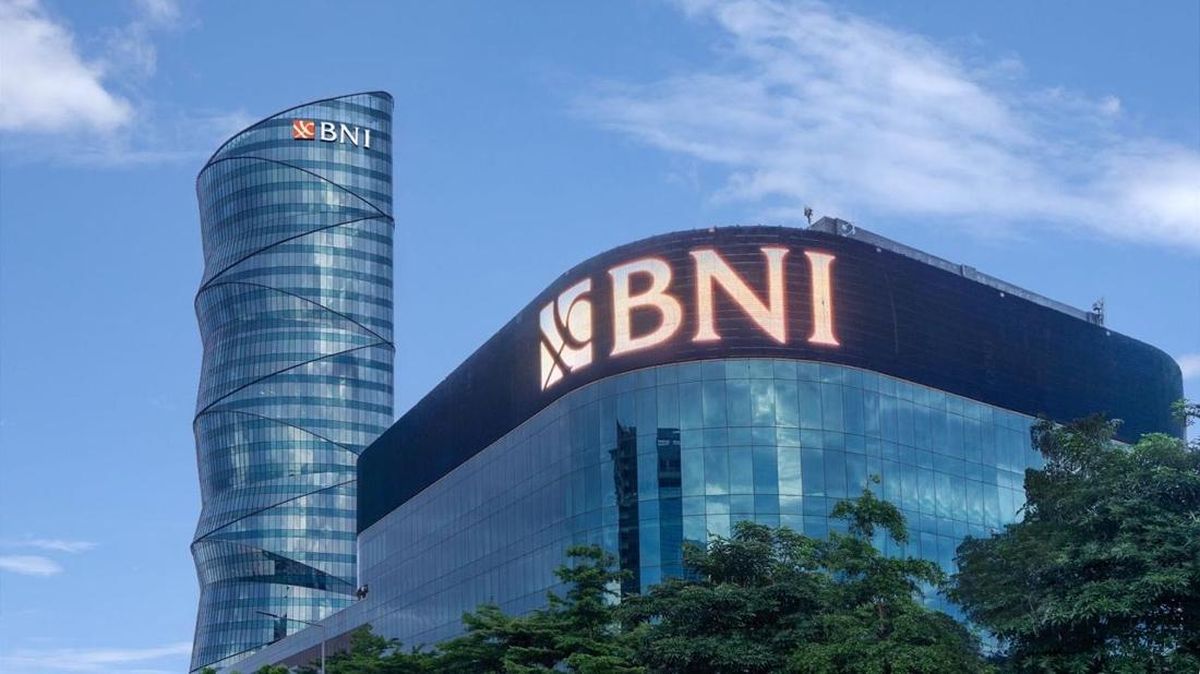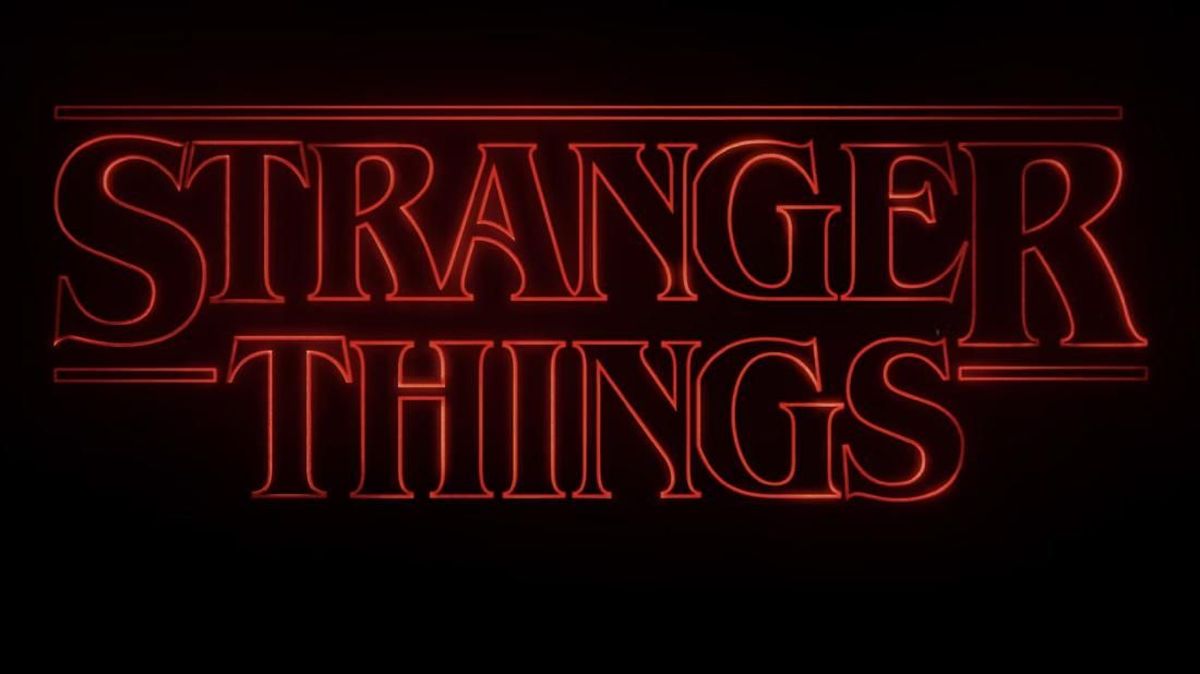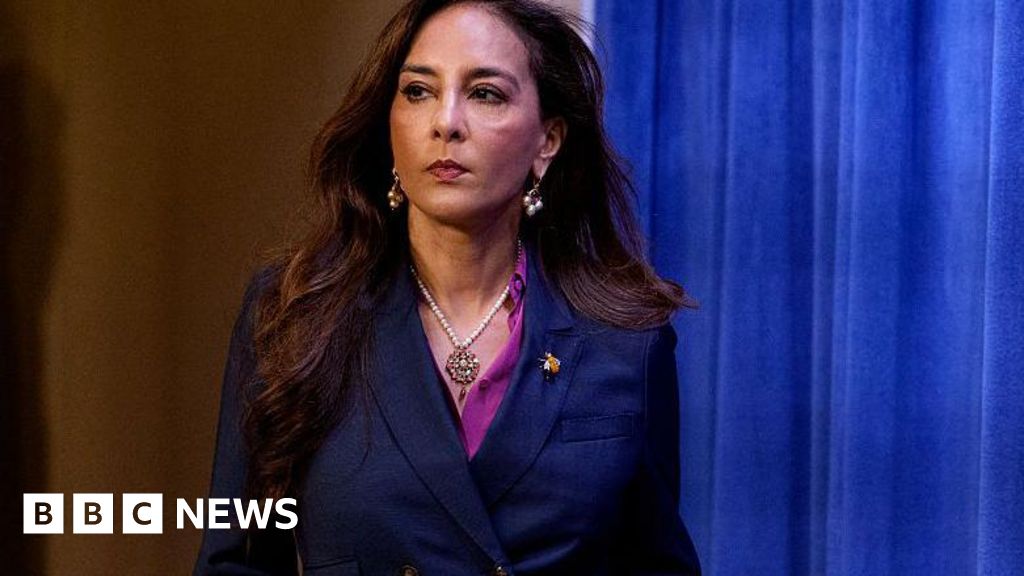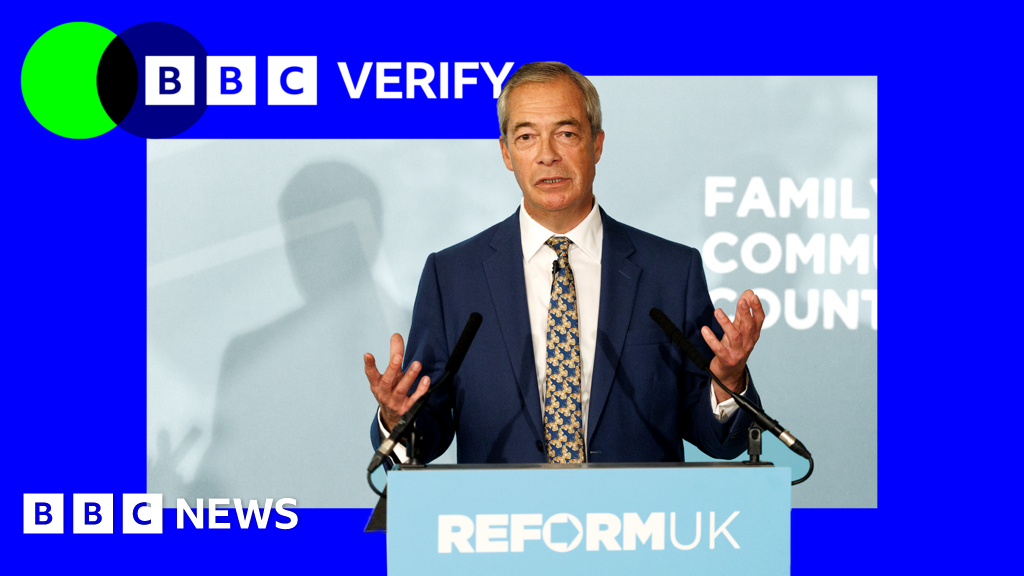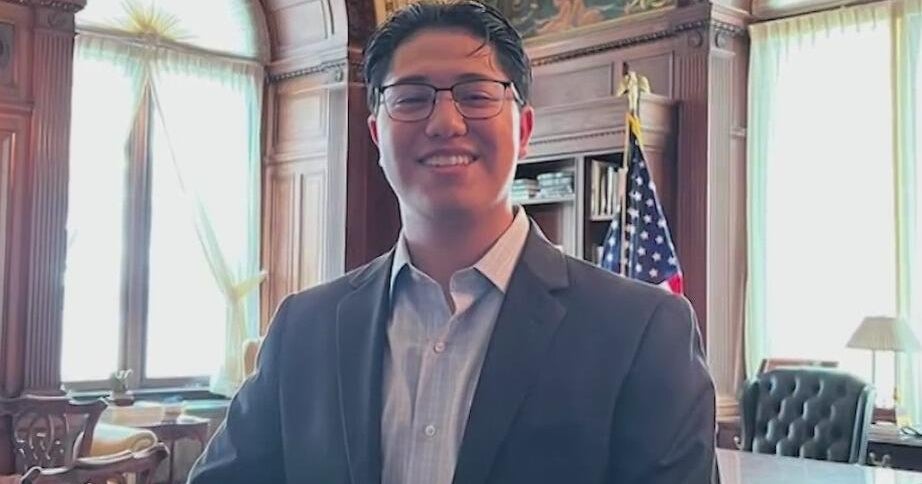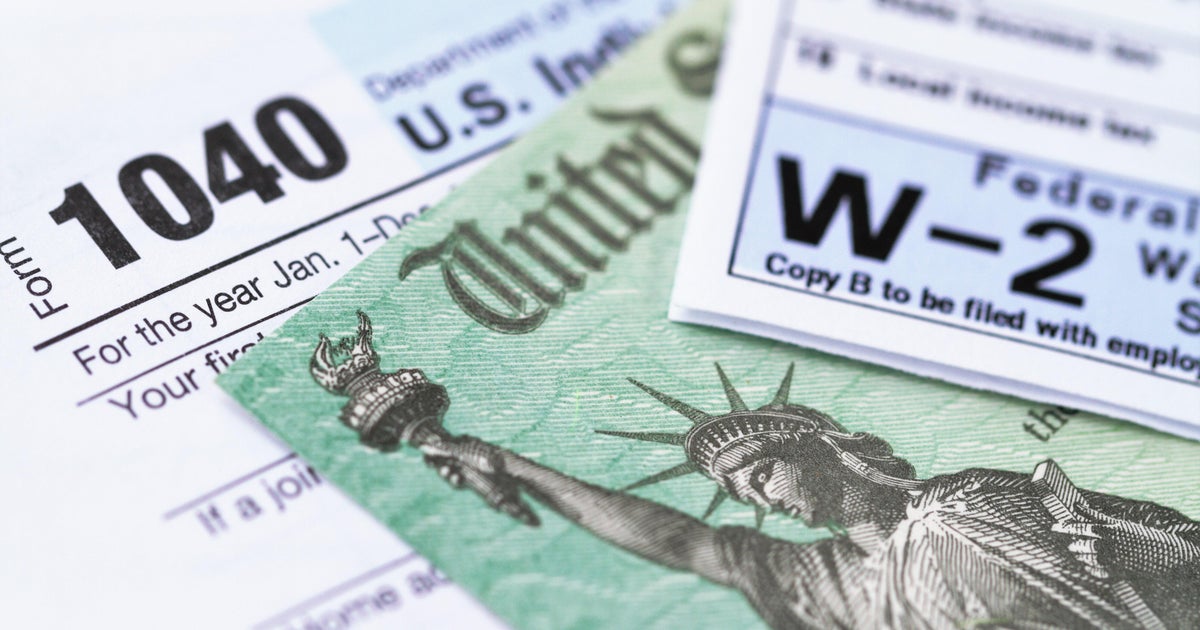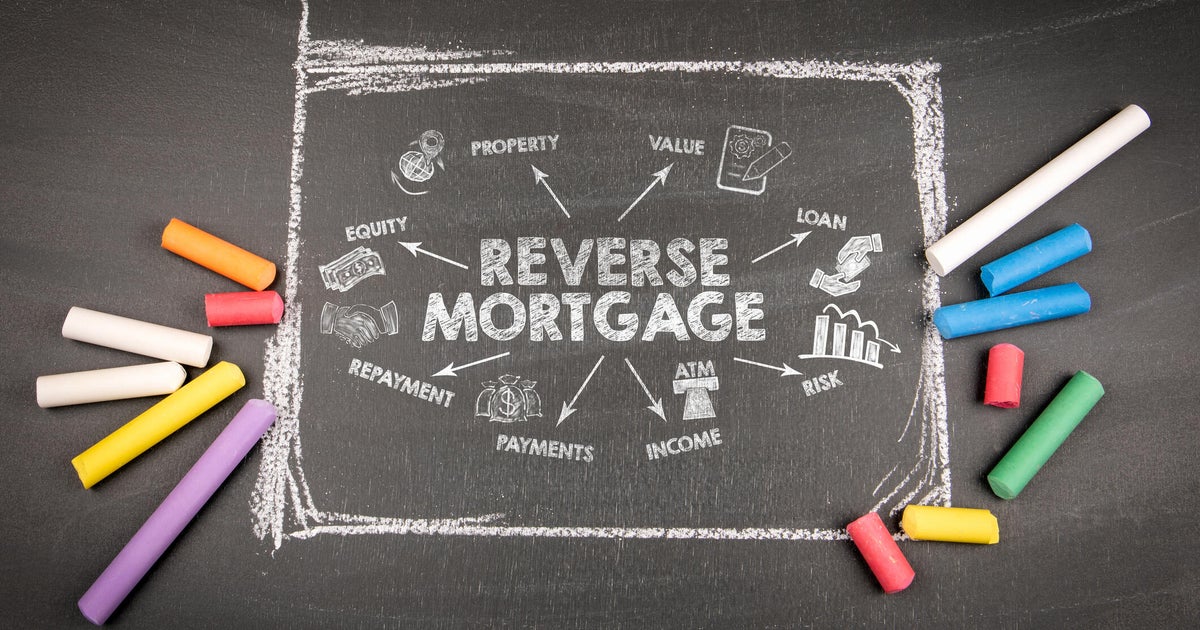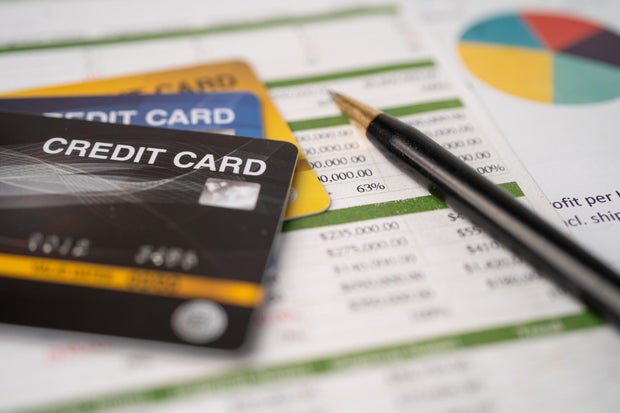 If your credit card balances are out of control, applying for debt forgiveness could make sense now.
Getty Images/iStockphoto
If your credit card balances are out of control, applying for debt forgiveness could make sense now.
Getty Images/iStockphoto
The interest rate landscape may be easing, but millions of borrowers are still struggling to get ahead of their high-rate debt right now. Case in point? Credit card balances are climbing, and so are the minimum payments that come with them. As a result, Americans now owe roughly $1.21 trillion in credit card debt nationwide, according to the New York Fed — the highest level on record. And with average credit card APRs now hovering above 22%, even more cardholders are at risk of finding themselves falling behind each month.
Here's what many people in this situation don't realize, though: You have more options than simply grinding away at the minimum payments for years, especially if you're facing real financial issues, which many people are in this inflationary environment. For example, there are legitimate credit card debt forgiveness programs and strategies that can help you reduce what you owe, sometimes significantly, whether you're dealing with a sudden income loss, medical emergency or simply years of accumulated debt that's gotten out of control.
But while debt forgiveness can be a smart option to pursue, it doesn't work like a government program or student loan relief plan. It requires a strategic approach. Below, we'll detail what you specifically need to know about applying for credit card debt forgiveness this October.
Get started with the debt relief process today.
How to apply for credit card debt forgiveness this October
Credit card debt forgiveness isn't automatic and how you choose to apply can have a big impact on the outcome. Here are the main ways to pursue forgiveness this October and what each entails:
Apply through a debt relief company
Debt relief companies work with borrowers to negotiate directly with their creditors, aiming to reduce the total balance owed in return for a lump-sum payment on the account. Here's how it typically works:
- Rather than a formal application process, you have an honest conversation with a debt relief company about your current debt load, financial situation and the hardships you're facing so that their experts can determine whether pursuing debt forgiveness makes sense.
- If it does, you formally sign up with the company to pursue debt forgiveness and work together on a plan that fits your circumstances. You then stop making payments on your credit cards and instead deposit funds into a dedicated account.
- Once enough money accumulates, the company negotiates with your creditors for a lump-sum settlement, often reducing your total balance by 30% to 50% or more.
- If an agreement is reached, the remaining portion of the balance is forgiven, though you'll typically owe taxes on the forgiven debt.
Note, though, that while this option can significantly reduce what you owe, it's best suited for borrowers who are seriously delinquent or unable to keep up with minimum payments, as it can have a big impact on your credit. It's also important to find a legitimate, reputable debt relief company to work with before applying, as the company you work with and the experts it employs will have a big impact on the outcome.
Explore your debt relief options and find the right strategy now.
Contact your credit card issuer directly
If your financial hardship is temporary, perhaps due to a job loss or medical emergency, you can work with your credit card issuer on enrolling in a hardship program. This isn't debt forgiveness in the traditional sense, but it is a way to reduce what you owe in certain ways. To apply, you'll need to call your issuer's hardship or loss mitigation department and provide documentation of your financial situation. These programs may result in the following:
- Reduced interest rates or fees
- Temporary payment pauses or lower minimums
- Internal settlement options
While they won't provide the type of dramatic relief that full forgiveness will, these arrangements can still give you breathing room and help prevent your account from going into collections.
Work with a credit counseling agency
A big benefit of working with a credit counseling agency is that this route offers you access to a debt management plan, which consolidates your credit card debts into one monthly payment, generally with reduced interest rates and waived fees. Here's how the process works:
- The counselor will contact your creditors to try and negotiate lower rates and fees.
- You'll make one monthly payment to the agency, which distributes funds to your creditors.
- Once complete, your debts are paid in full and your accounts are closed.
While this doesn't technically result in "forgiven" debt, it makes repayment much more affordable by drastically reducing your interest rates and fees. In turn, you may be able to better manage your debt.
Consider a debt consolidation loan
If your credit score is still in good shape, a debt consolidation loan can simplify payments and potentially reduce your interest rate. The loan combines your credit card balances into one fixed-rate payment, generally over a two- to five-year term, and you have a range of loan options from banks, credit unions or online lenders to consider during the process.
While consolidating your debt is not a form of debt forgiveness, it can lower the monthly costs significantly and help you get out of debt faster. And, many borrowers opt to use this route before pursuing more aggressive options like settlement or filing for bankruptcy, so it's typically worth comparing your options and applying if you think you meet the requirements.
The bottom line
Credit card debt forgiveness can offer a powerful way to reclaim financial stability, especially as interest rates remain high and balances grow. But it's not a quick fix. It's important to take the time to choose the right approach for your situation and understand the possible consequences as well as the benefits. Whether through a debt relief company, a hardship program or credit counseling, taking the first step now could help you start fresh before the end of the year and finally move beyond the burden of high-rate credit card debt.
Edited by Matt Richardson


